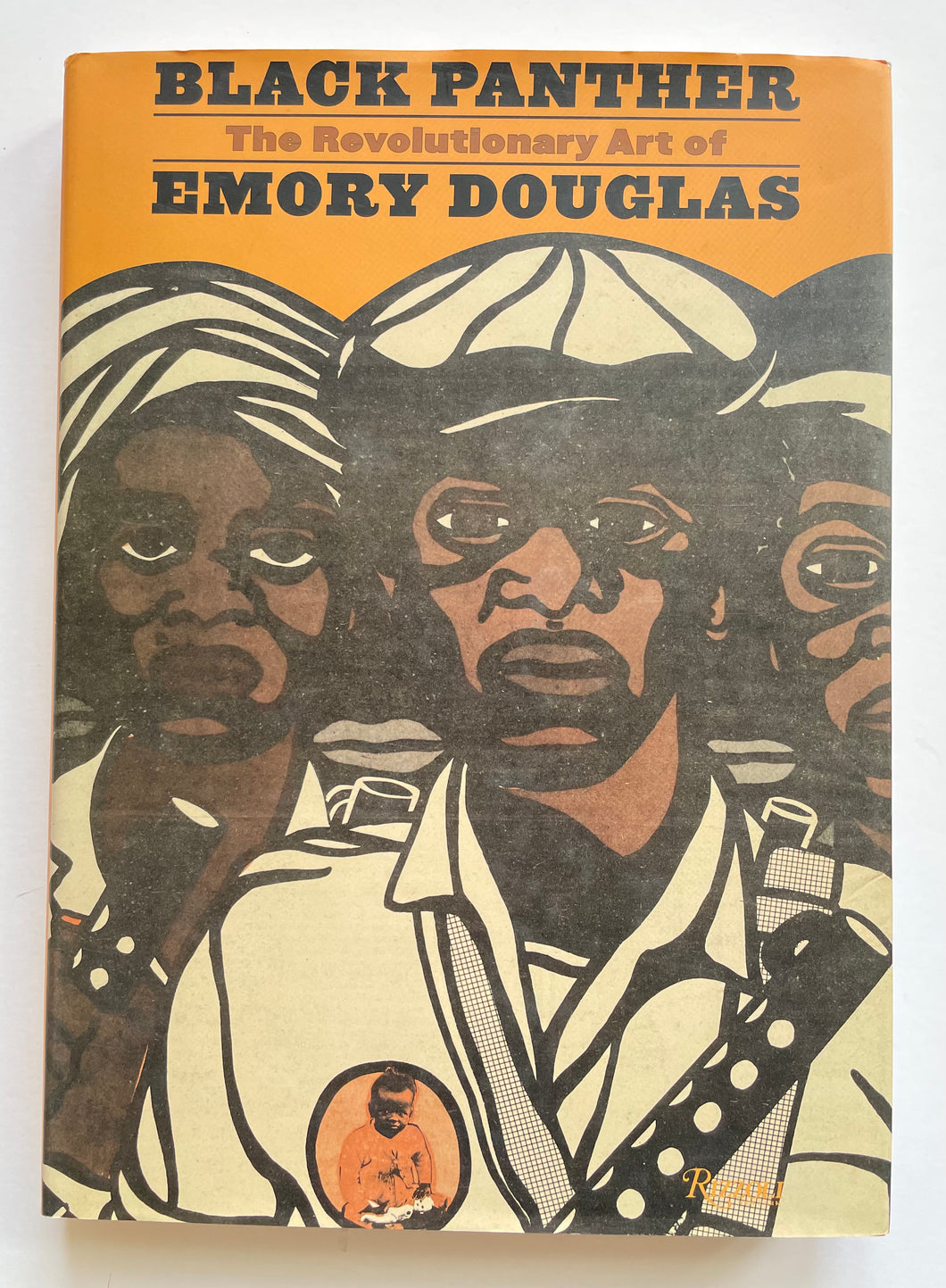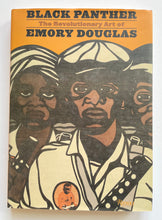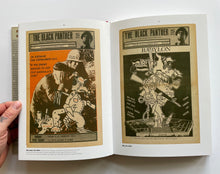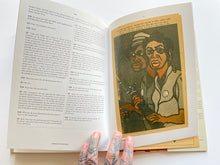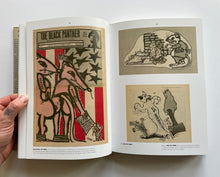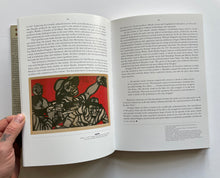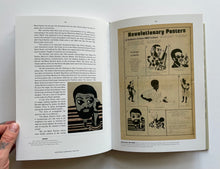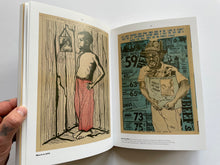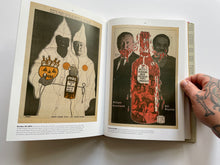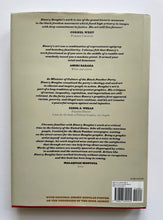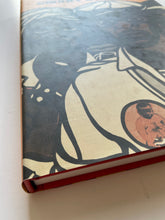Black Panther: The Revolutionary Art of Emory Douglas | Emory Douglas (Rizzoli)
Regular price
€320.00
Sale
Only one copy available!!
Condition: Used, very good. See pictures.
208 pages
Hard cover
26 x 31 cm
published in 2007
Emory Douglas was the Black Panther Party's Minister of Culture and chief art director for the party's important newspaper for twelve years. In these roles, he gave visual dimension to the party's revolutionary message and mission, broadening the party's impact within a larger cultural framework. Sam Durant is a Los Angeles-based artist. Danny Glover, the accomplished actor, producer, and director best known for his Lethal Weapon movies, attended San Francisco State during the years the Black Panther party was active in the Bay Area. He's credited the party with having a profound influence on both his creative development and political consciousness. Amiri Baraka is a writer and political activist who lives in Newark, New Jersey. Kathleen Cleaver, attorney, author, and senior lecturer at Yale University and Emory Law School, joined the Black Panther Party in 1967. St. Clair Bourne is a veteran filmmaker. Colette Gaiter is an associate professor at the University of Delaware. Greg Morozumi is artistic director of the EastSide Arts Alliance in Oakland, California. Sonia Sanchez is a poet.
The Black Panther Party for Self Defense, formed in the aftermath of the assassination of Malcolm X in 1965, remains one of the most controversial movements of the 20th-century. Founded by the charismatic Huey P. Newton and Bobby Seale, the party sounded a defiant cry for an end to the institutionalized subjugation of African Americans. The Black Panther newspaper was founded to articulate the party's message and artist Emory Douglas became the paper's art director and later the party's Minister of Culture. Douglas's artistic talents and experience proved a powerful combination: his striking collages of photographs and his own drawings combined to create some of the era's most iconic images, like that of Newton with his signature beret and large gun set against a background of a blood-red star, which could be found blanketing neighborhoods during the 12 years the paper existed. This landmark book brings together a remarkable lineup of party insiders who detail the crafting of the party's visual identity.

